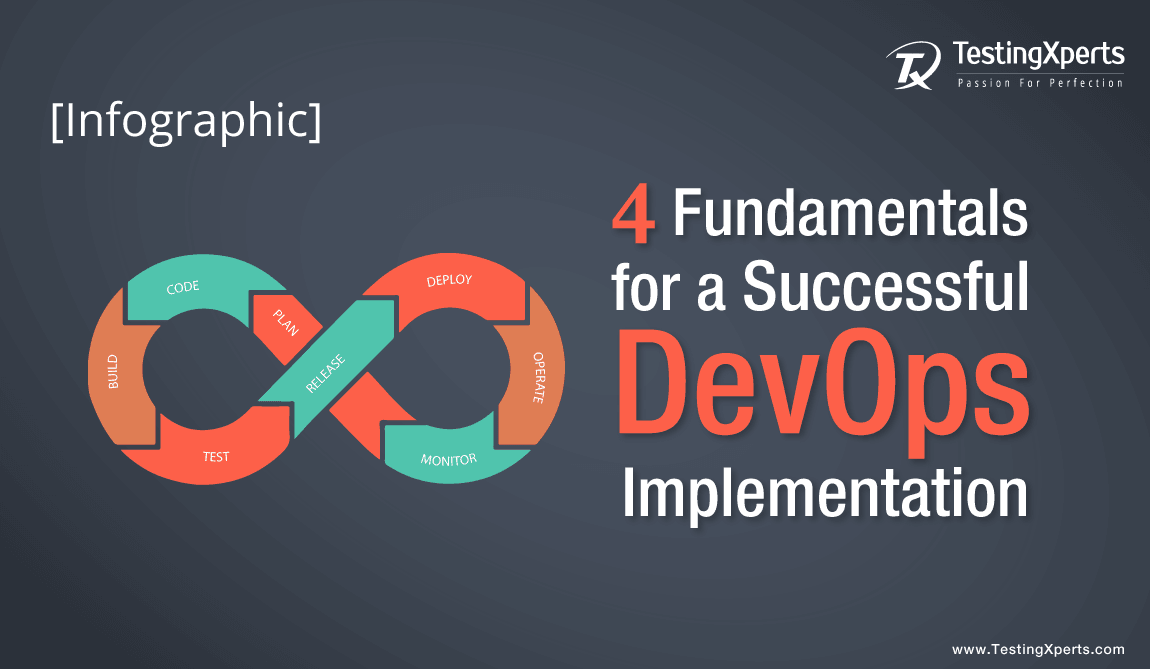Recommended Blogs
Containerization: Accelerate DevOps Adoption using Containers

Table Of Contents
- What are ‘Containers’ and why do we need them?
- Containers and DevOps: What’s the connection?
- Conclusion
The last few years have witnessed an insistent acceptance of new method named ‘Containers’ as organizations wish to deal with disruption at a faster pace. Containers have been around in the IT world for over a decade now, but the arrival of Docker made them more popular as it re-invented containers by adding a robust platform, integrated management tools, and code registry.
What are ‘Containers’ and why do we need them?
Containers are the answer to the common problems faced by software to run consistently while moving from one computing environment to the other. This could be from a developer’s system to a test environment, or from a physical machine in the data center into a virtual machine in the cloud. Containers have become an integral part of the application development space, particularly in cloud computing. This is mainly because portability has been the biggest hitch in this space and given the proprietary nature of these public clouds, this method helps in abstracting applications into a virtual container that can be moved from one cloud to another.
The architecture of containers is an added advantage as it contains a standard method to divide applications into dispersed objects or also known as containers. This flexible approach offers more advantages around workload management and also offers the ability to make defect-tolerant systems. Containerizing the application platform can help in abstracting away the differences in the OS distribution. Another great benefit of containers is ‘modularity’ i.e., rather than running an entire application inside the container; the application can be split into different modules.
Containers and DevOps: What’s the connection?
You might have heard ‘DevOps’ and ‘Containers’ in the same sentence quite often Though, they are different concepts, but the effectiveness of containers makes it easier to enable DevOps workflows. Though DevOps is not tied to any particular technology; it can be implemented through any tool, it is convenient to implement DevOps with the help of containers.
- Containers have become an easy solution for the DevOps teams as it makes collaborating with various teams such as development, testing, and operation easier and convenient.
- Containers are able to support multiple frameworks, and it becomes easier to switch between different programming frameworks in DevOps.
- Rolling out application updates on a streamlined basis is required for a continuous delivery of software. When the application is distributed into multiple microservices, each one hosted in a separate container, you are able to update one part of the application by restarting the container without barging in the rest of the app.
Conclusion
While both containers and DevOps are helping improve software quality, the focus on automation and continuous delivery have been leading to various quality issues. Developers are often challenged with log files that are scattered in a variety of isolated containers each with its own log system dependencies. Continuous testing should be implemented to allow development teams to detect problems early on. If a continuous testing approach is not followed, fixing of errors will take much longer. TestingXperts’ intelligent continuous testing platform Tx-Automate has been enabling end-to-end automation of applications to enhance the quality of the software and increase speed to market. Connect with our Test Advisorsy services and allow us to help you build a defect-free and quality software/ application.
Discover more
Stay Updated
Subscribe for more info

